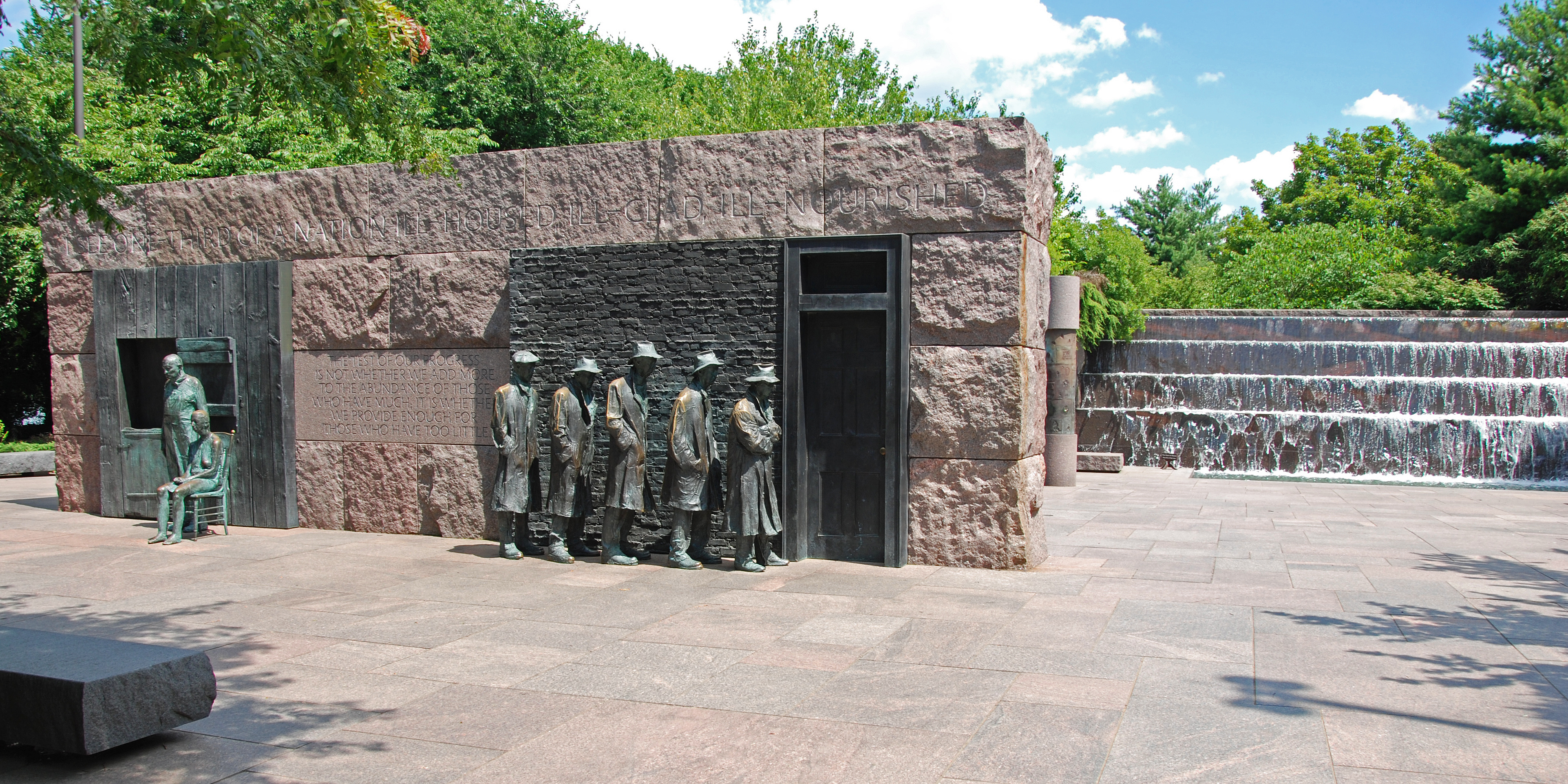More comments from winner of this year’s Nobel award in economics
Prof. Angus Deaton won the 2015 Nobel award in economics. Mentioned this earlier. (Cross-post from my other blog, Outrun Change.)
His contribution to expanding the frontier of economics knowledge is to study development and poverty from the consumption side instead of income side. This approach looks at what can people buy instead of what income they have.
Fun article talking about some of his ideas was in the Financial Times on October 12: Nobel Prize winner Angus Deaton shares 3 big ideas.
Inequality


